Did you know that over 60% of equine care disputes stem from unclear verbal agreements? Whether you’re new to stables or a seasoned equestrian, a well-crafted written agreement ensures everyone stays on the same page. Unlike casual handshake deals, formal contracts protect both facilities and animal caregivers by outlining responsibilities, costs, and emergency protocols.
Imagine this: Your beloved companion needs urgent veterinary care, but the facility’s policy isn’t documented. A detailed agreement prevents confusion in high-stakes moments like these. It also clarifies routine matters, such as feeding schedules, turnout routines, and payment deadlines.
This guide walks through the must-have clauses in any boarding arrangement. From identifying your animal with photos or microchip details to defining liability scenarios, we’ll cover how to build clarity into every line. You’ll learn why even small details—like who replaces a broken fence board—matter for long-term harmony.
Key Takeaways
- Written agreements prevent misunderstandings between owners and facilities.
- Include precise descriptions of the animal to avoid identity mix-ups.
- Clearly outline payment terms, including late fees or seasonal adjustments.
- Define emergency protocols for medical care and natural disasters.
- Address liability for injuries or property damage upfront.
- Update contracts annually to reflect changing needs or regulations.
Understanding the Essentials of a Boarding Contract
Clear documentation forms the backbone of any successful equine care partnership. Before diving into care specifics, two foundational elements demand attention: who’s involved and which animal they’re responsible for.

Identifying Key Parties and Contact Details
Every agreement begins with verified contact information. Printed names, physical addresses, and phone numbers for both the facility and caregiver prevent communication gaps. Handwritten entries or missing details can create loopholes—imagine struggling to reach someone during a feed shortage or storm evacuation.
| Complete Entry | Incomplete Entry |
|---|---|
| Jane Doe, 123 Maple St., (555) 123-4567 | “J. Doe,” PO Box, no phone |
| Legal name + street address | Initials or vague location |
Comprehensive Animal Identification and Health Disclosure
Ambiguity disappears when you describe the animal thoroughly. Include:
- Unique markings (star-shaped blaze, sock patterns)
- Recent photos from multiple angles
- Health certifications like the coggins test
Disclosing behavioral quirks—like chewing wood or resisting farriers—helps facilities prepare. Transparent health records ensure proper care and reduce liability risks. This upfront clarity builds trust and simplifies daily operations.
Expert Horse Boarding Contract Tips for Owners
Every equine companion has distinct preferences and requirements that generic paperwork might overlook. While standard agreements cover basics, thoughtful adjustments ensure your animal thrives in their temporary home.

Creating a Care Plan That Fits Like a Glove
Start by listing your companion’s daily routines and health considerations. Does your senior partner need joint supplements added to meals? Would your energetic youngster benefit from extra turnout time? Documenting these specifics helps facilities deliver consistent care.
Consider these common customization areas:
- Special dietary needs (soaked hay, measured portions)
- Exercise preferences (trail access, lunging schedules)
- Socialization requirements (pasture mates, solo space)
| Standard Agreement | Personalized Version |
|---|---|
| General feeding schedule | Specific grain types + feeding times |
| Basic turnout rotation | Custom exercise or training plans |
| Blanket changes by season | Individual clipping/blanketing instructions |
Regular check-ins help keep arrangements current. “We update our forms twice yearly,” shares Manitoba stable operator Claire Bennett. “Animals’ needs evolve – their paperwork should too.”
By addressing unique circumstances upfront, you create a partnership focused on well-being rather than paperwork. This approach builds trust while maintaining professional care standards.
Practical Considerations for Boarding Agreements
Managing equine care expenses starts with crystal-clear financial terms. Whether you’re budgeting for a companion’s stay or reviewing facility costs, understanding fee breakdowns and service limits prevents surprises down the road.
Breaking Down Fees and Payment Schedules
Monthly costs often depend on care levels. Full board typically covers daily meals, stall cleaning, and turnout. Rough board may require owners to handle feeding and bedding. Most facilities charge extra for:
- Specialized dietary needs (soaked hay, supplements)
- Grooming or training sessions
- Blanket changes during temperature swings
Payments usually fall due by the first week of each month. Late fees averaging 5-10% kick in after 10-15 days. Some stables apply seasonal adjustments – think heated water buckets in winter.
Service Inclusions, Additional Charges, and Emergency Procedures
Clear agreements outline who handles unexpected scenarios. If a companion colics after hours, does the facility call your vet or theirs? Contracts should specify:
| Standard Coverage | Extra Costs |
|---|---|
| Routine stall maintenance | Deep cleaning or repairs |
| Basic feed portions | Organic grains or haylage |
“We include emergency first aid in base rates,” notes Alberta stable manager Liam Torres. “But major treatments come from the owner’s account.” Always confirm liability clauses for injuries or property damage during care.
Navigating Contract Clauses and Legal Protections
What happens if you need to move your companion unexpectedly or a storm damages the barn? Legal terms in agreements define how these situations get resolved. Let’s break down the fine print so you know exactly what you’re signing.
Understanding Termination, Notice, and Cancellation Clauses
Most facilities require 30 days’ written notice before ending an arrangement. This gives both sides time to adjust. Immediate termination often applies for:
- Unpaid fees beyond 15 days
- Repeated safety violations
- Animal endangerment concerns
Avoid vague phrases like “termination at will.” One Ontario stable learned this the hard way when a client left abruptly, citing an unclear clause. Now their contracts specify exact conditions for ending care.
| Clear Clause | Risky Wording |
|---|---|
| “30-day notice via email or certified mail” | “Termination when convenient” |
| Lists acceptable reasons for instant cancellation | Uses phrases like “under special circumstances” |
Insurance, Liability, and Indemnification Details
Facilities typically cover property insurance for barns and equipment. Caregivers usually handle their animal’s health coverage. Watch for indemnification language stating you’ll cover costs if your companion causes damage.
“Our agreement specifies clients pay for kicked stall walls,” shares British Columbia stable owner Marco Silva. “It’s fair – we maintain the structure; they manage their animal’s behavior.”
Always confirm who pays for:
- Emergency vet visits
- Injury-related lawsuits
- Natural disaster repairs
Changes to terms should always be in writing – verbal tweaks won’t hold up. Review documents annually or after major life changes. When in doubt, consult a legal pro to spot red flags.
Conclusion
A well-crafted boarding agreement transforms uncertainty into peace of mind for everyone involved. By outlining responsibilities clearly, these documents protect both animals and facilities while fostering trust between caregivers and barn operators.
Start with the basics: verified contact details, precise animal identification, and full health disclosures. These elements prevent mix-ups and ensure tailored care. Financial terms deserve equal attention—know exactly what’s included in monthly costs, from emergency vet calls to seasonal adjustments.
Don’t overlook termination rules or liability clauses. A 30-day notice period gives both sides flexibility, while clear insurance terms protect against unexpected property issues. Even small details, like who pays for kicked stall boards, matter over months of daily care.
Always review every section carefully. Ask questions if phrasing seems vague, and keep signed copies handy. Updated agreements adapt to changing needs, whether your companion moves farms or requires new dietary plans.
Ultimately, a thorough boarding agreement isn’t just paperwork—it’s the foundation for a safe, harmonious experience at the barn. When everyone understands the rules, focus stays where it belongs: on exceptional animal care.

